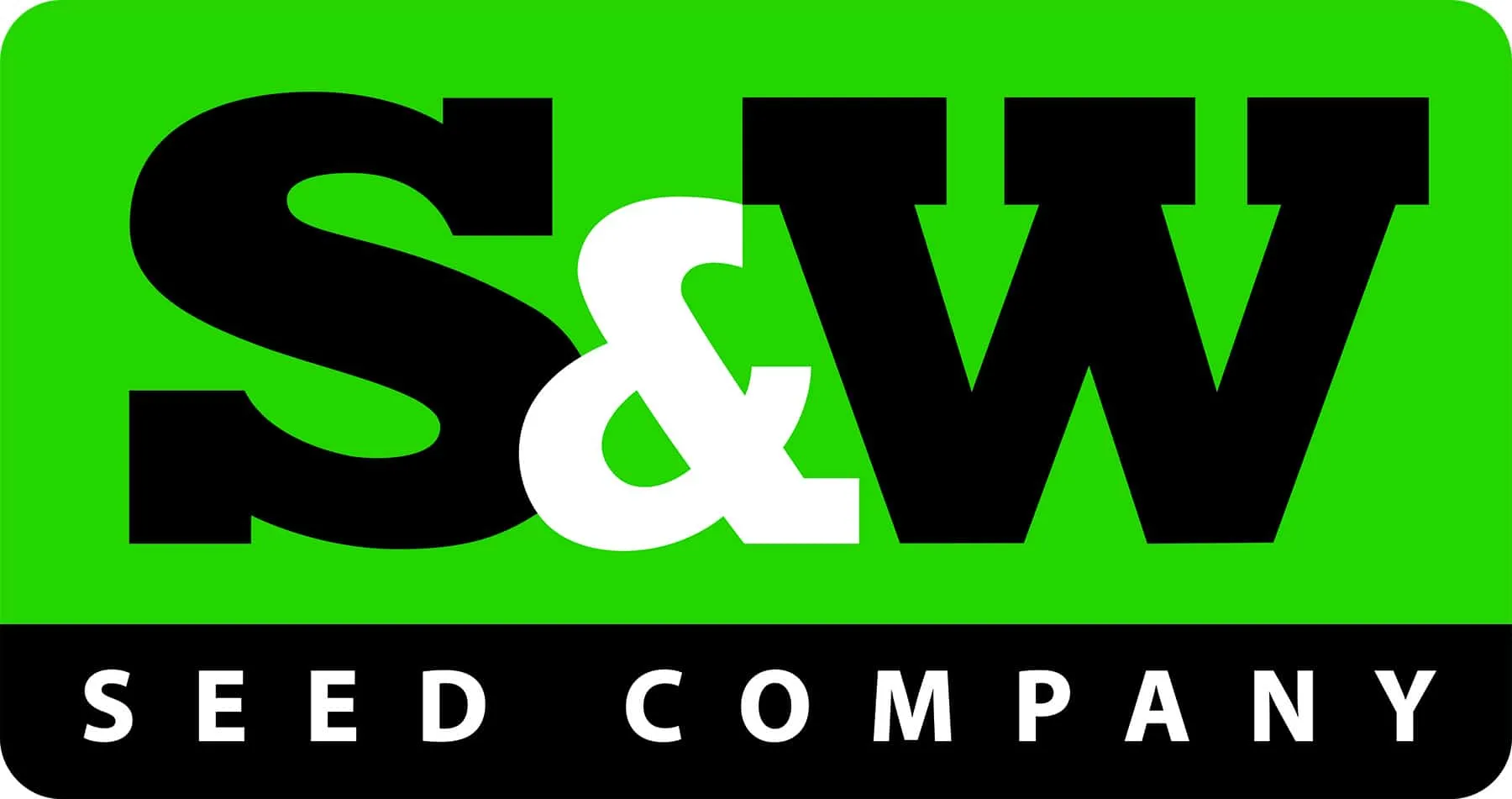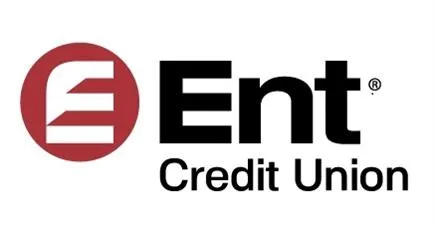Farm bankers need to keep up with ag tech

WINDSOR — The technology, processes and workforce are vastly different for farms and ranches on the high plains than they were just a few decades ago — and so, by necessity, are the considerations lenders must make in financing them.
Only the mission remains the same: to feed America and the world.
“A lot of what happens on a farm is run by satellite now,” said Jay Goddard, a fifth-generation farmer who serves as executive vice president and high plains regional president for Windsor-based Points West Community Bank. “A lot of the tractors, the combines, the sprayers drive themselves by satellite and…
THIS ARTICLE IS FOR SUBSCRIBERS ONLY
Continue reading for less than $3 per week!
Get a month of award-winning local business news, trends and insights
Access award-winning content today!





